Hifiman Svanar

TLDR version on YouTube: TDLR - Hifiman Svanar
The Hifiman Svanar have been sent to me directly by Hifiman for me to try them out and share my opinions in this review. The only request was that I prioritize the review if possible. This is something that I am happy to do with anyone I collaborate with, as long as it doesn’t become a habit and this is certainly the first time that Hifiman have requested it. Other than that, they have made no other specific comments or requests.
The official page for the Svanar is here: Svanar- HIFIMAN Flagship Dynamic In-Ear Monitor with Topology Diaphragm
As always, this link is a non-affiliate link.
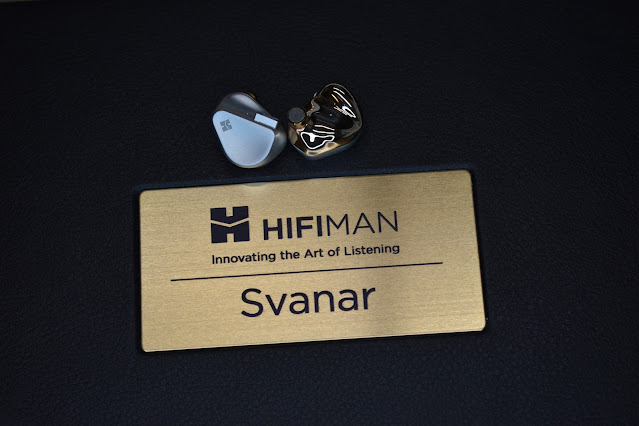
Intro…
The Svanar are the new flagship IEMs from Hifiman, coming in at just under 2000€, making them quite an expensive set of IEMs. It is no secret that I am a big fan of Hifiman headphones but it has been a long time since I tried or reviewed any of their IEMs and those were much more on the more on the economical side of things in comparison. I am not sure if they are aimed to replace the RE2000 or an addition in the line but they are priced similarly and the web shows them as an improved version.
The Svanar use a single 9.2mm dynamic driver with what they call a Topology Diaphragm, which has a special nano particle coating on the surface. I’m afraid I am by no means versed enough to explain what that actually means so I will just stick to my usual way of describing my experience with the Svanar, in terms that I aim to be simple and easily understood 

Presentation…
A large cardboard sleeve with an image of the IEMs on the cover slides off to reveal a hard (immitation?) leather covered flip top box with a gold coloured plaque showing the make and model of the IEMs.
Opened by a clasp type lock, inside the (rather large) box we find a round and rigid storage/transport case located in the middle. Inside this case, the IEMs are sitting in cut outs of a foam disc. This is probably the most protected I have seen a set of IEMs in their packaging.
Also inside the box, to the left we get a small cardboard box that contains the cable along with an additional two pin socket (more on that in a moment) and another one to the right that contains the tips. As far as tips, Hifiman include 5 sets, 2 triple flange and 3 double flange. I do wish they had included a few more types of tips, as we will see throughout the review.
Underneath the top layer we get a couple of ear hooks along with the usual warranty paperwork and a nice owners guide book, similar to those received with a lot of the higher end Hifiman headphones.
Apart from tips, the other thing that I feel could have been included is a balanced cable, especially at this price point. I do understand that anyone who is investing this kind of money into a set of IEMs is most probably going to have their own preference as far as cables but I think that the option would have been nice.
The packaging is quite impressive and while everything we need would easily fit in the round storage case, the box and the general presentation does make us feel like we are unpacking something special.

Build and aesthetics…
The build of the Svanar is very unique. They have used a combination of aluminium, brass and a 24k gold plating to assist in the tuning and performance of the sound. Again, I cannot say how these materials react or the sound properties they produce, but I will say that it certainly makes for a unique looking set of IEMs.
The rear part of the IEMs (the part that faces outwards while wearing) is of an aluminium colour, while the internal part is brass. While the IEMs are sitting in the ear they look nice but don’t stand out as something special, in other words, they don’t scream “look I’m wearing expensive IEMs”, yet when they are removed, the colour combination certainly stands out.
The name “Svanar” is swan in Swedish and Hifiman point to the resemblance in the shape of the IEMs. I have to say that the shape of the IEMs is a little different most generic shapes it is still a shape that should fit well for most people. At least I have found them to be very comfortable (depending on the tips used, which I will mention in a moment) but as always each ear is its own world.
I can’t say that these are the most beautiful IEMs that I have ever seen but I do think they look special without being too “far out”, something that I like. They are simple but elegant. As always, in my opinion.
The included cable is not something I would regard as a high end cable. It is rather thin and has the habit of jumping off the top of my ears. This is easily fixed by using the included ear hooks or by tightening the chin slider, however, as I mentioned in presentation, I feel that another cable would have been nice. In fact, a nice modular cable (with interchangeable connectors) would have been perfect.

Sound…
All tracks mentioned are clickable links that allow you to open the reference track in the streaming service of your choice (YouTube, Tidal, Spotify, etc.)
Before going in to depth on my opinions on sound, I have to say that these are some of the most tip dependent and source dependent IEMs that I have tried. A change in tips will always make a difference with IEMs but in the case of the Svanar, I found that they can be completely different IEMs depending on not only the tip type but also the size and how deep they sit in the ear. I have gone through many types of tips and all of them bring out different traits in the Svanar and not just in the bass quantity (which is usually the most noticeable with tip changes). I did find myself using the Azla Xelastec a lot with these IEMs. I usually avoid the Xelastec because they are a pain to look after, especially when having to remove and reinsert IEMs regularly, but in this case, each time I sat down to listen, it turned into a long listening session so they weren’t an issue. The following opinions are based on using the Xelastec tips for my detailed listening (which was quite a long session) but my impressions do differ when using other tips, finding that the difference between tips seems to work better for different genres and recordings, so keep that in mind.
Also, as I just said, they are very source dependent as well, seeming to really bring out the differences in sources. They are a set of 60 Ohm IEMs which is higher than most IEMs yet I don’t find that they need a large amount of power. In fact, I wasn’t running them at levels much higher than many other sets. What I did find is that they are very revealing as far as what is actually driving them.
I know that I haven’t performed blind tests (and have no intention of doing so) but I feel that, while they sound good from most sources I have tried, they are the IEMs that most show the differences between something like the iFi Gryphon, the M15 or and of my desktop amplifiers. In fact, while I understand that it is complete overkill, they sound glorious from the Feliks Audio Echo Mk2 and also from the EF400. Obviously I am not in the habit of dragging a desktop amp with me so my opinions are based, as usual, on using the Gryphon to run them. I have to say that I really like the pairing with the Gryphon and find that they respond to XBass and XSpace very well.
Ok, so with that out of the way, let’s get on with the review…
Here is the typical look at the graph in comparison to my personal reference target:
.png)
This is one of those cases where the graph goes out of the window as soon as I listen to the IEMs. Actually, I had been listening to the IEMs (and enjoying them) before I measured them and I repeated the measurements multiple times (more than the usual 5 measurements) to see if the FR was actually as it looks above.
I say this because looking at the graph, the Svanar have a tuning that I very rarely enjoy. In fact, some of the IEMs that I have liked the least have had similar tunings to the one shown above, causing me fatigue and even a headache due to the midbass. Yet, as I have also mentioned so many times in the past, when a set of IEMs has the detail and speed in the low end to keep the midbass clean and defined, I find that I can enjoy them, and that is certainly the case with the Svanar.
In the lowest of regions, using my usual subbass test of “Chameleon”, there is a nice amount of rumble in the subbass to provide the vibrations that the track needs and while it is followed by a very present midbass, I do not feel that the midbass overshadows the subbass, allowing me to appreciate those low notes.
Using “Royals” by Lorde as another test, again the subbass is present and the detail in the low notes shows that “dirt” in the low end that is present in the recordings subbass.
Moving into the midbass, here is where I most find that my ears don’t agree with the graph. Well, not so much that I disagree, I mean, the midbass is there as it shows on the graph, yet it is so clean and defined that I do not find it come across as overly boosted in these regions. As I have said in the past, I find that if the midbass is well defined, with no boominess, then I have no issues with the actual level being above what I would normally choose, and that is the case with the Svanar.
For example, I mention a lot about how the low end of the guitar in “Crazy” can become far too boomy and even nauseous when the midbass is too present and not well controlled. In this case, while there is plenty of that presence, it stays clean and very enjoyable, filling out the low end without it dominating.
Listening to something more electronically focused, such as “I Fink U Freeky”, then it may even come across as not bassy enough for many people. There is no focus on the low end, it is more of an even and balanced representation, they certainly don’t give a subwoofer impression to this kind of track. The same can be said for hip hop, for example “Still D.R.E”, where the graph would lead me to believe that it would be quite bassy, that is not what I hear. In fact, for those that like a huge bass rumble in their hip-hop, the Svanar aren’t going to provide that sensation.
Even “No Sanctuary Here”, the version with Marian Herzog and Chris Jones, comes across as quite polite in the low end. By this I don’t mean that it is lacking in bass, at least not for my tastes, but that the focus is more on a defined presentation than an elevated presentation, in other words more quality than quantity.
Moving into the mid range, I find that vocals are possibly the part that most reflect changes in tips. In general, I find that a lot of vocals are not quite in the spotlight as much as on other IEMs. There is still clarity and there is no issue with appreciating them, just that they seem to be more balanced with the surrounding instruments, not taking as much of a step forwards as in other cases. Yet, opting for different tips, I find that they can in fact take that extra little step forwards, taking more of center stage than with other tips. An example would be going from a smaller deeper sealing tip, where the vocals move slightly further forwards, to the Azla Crystals, where the vocals are further back, with the Xelatecs being a very nice balance between the two (in my opinion of course).
I listen to a lot of vocal centric music, simple songwriter (mainly female) where the accompanying instruments are mainly acoustic and while I did find that vocals were not quite as “intimate” as I usually prefer, I found that the balance with the guitar (for example) was a very pleasing experience, giving more the impression of listening to the music from a slightly larger distance than directly in front of the singer.
As an example, Zella Day in “Seven Nation Army” can go from being quite upfront (with deeper insertion) to being just slightly forwards with a focus to the left with Xelastec and being much more balanced with the guitar with the Crystals.
Moving into the higher regions, the Svanar give off a nice sensation of extension and air, staying very clear and detailed in these upper ranges. My usual sibilance test with Patricia Barber in “Code Cool” places her just slightly into that sibilance range, with just a hint of sibilance. I would say it is slightly more pronounced than I find it on things I consider my reference (speakers in the case) but it is not uncomfortable, at least with the Xelastec tips. I did find it could get a little hotter with other tips but with these, if I used my usual -12 to +12 scale (which is totally subjective and unscientific), I would place her somewhere around a +1 or +2.
Details, soundstage and image placement are things that I find go hand in hand with the Svanar, performing very well at all of them. I find layers to be extremely well separated and placed just where they are supposed to be. I always say that I find very few IEMs to give me a sensation of a nice open and wide soundstage and the Svanar are one of those few sets. There is a sensation of openness and spaciousness that make these a pleasure to listen to.
The intro to “Diamonds on the Soles of her Shoes” has the vocals of Ladysmith Black Mambazo which are placed excellently, allowing each voice and layer to be easily identified but without seeming like there is any kind of disconnect between on them (I have to say that the fretless bass in this track is also portrayed excellently on the Svanar).
While on the subject of performance and detail, I also found that the Svanar shows the focusing towards channels in a way that is quite surprising. By this, I mean that, for example, vocals may be mixed in a track with a slight pan to one channel, placing the vocals (or instruments) slightly off center and this is quite noticeable on the Svanar. In fact, I was listening to one jazz track (which I forget the name of) during my first session with them and I thought that maybe there was a channel imbalance as I hadn’t noticed the slight pan on the vocals of that track with IEMs before.

Conclusion…
I have to say that it has been a long time since I have enjoyed testing a set of IEMs so much. I do admit to being a Hifiman fan, so although I always aim to be as unbiased as possible, it is always possible that my personal biases kick in, yet all I can do is speak about my experience with the Svanar and my experience has been great.
I have been most impressed by the detail and the spaciousness of these IEMs, the way they present the soundstage, with everything being easily appreciated but without trying to make itself the center of attention. For a set of single dynamic driver IEMs, I find this is even more impressive.
The fact that they are so tip (and source) dependent does mean that people will have to play around with them to find what works best for each individual case. It is not that they sound bad with any source or tips (within reason) but there is so much available when you get the right combination that they just suddenly click and make everything fall into place (or at least they do for me).
There is no denying that they are an expensive set of IEMs and there are a few things that I feel could have been done better (such as the cable or the tips etc.) but as far as sound and performance, they do it wonderfully.
If you get a chance to give them a try, I strongly suggest that you do so, but don’t hesitate to try some different tips (and sources) before coming to a conclusion.
As always, this review is also available in Spanish both on my blog (www.achoreviews.com) and on YouTube (www.youtube.com/achoreviews)
All FR measurements of IEMs can be viewed and compared on achoreviews.squig.link
All isolation measurements of IEMs can be found on achoreviews.squig.link/isolation





.png)
.png)


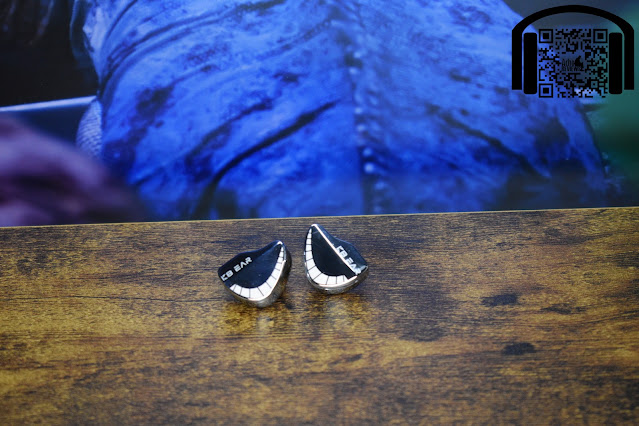
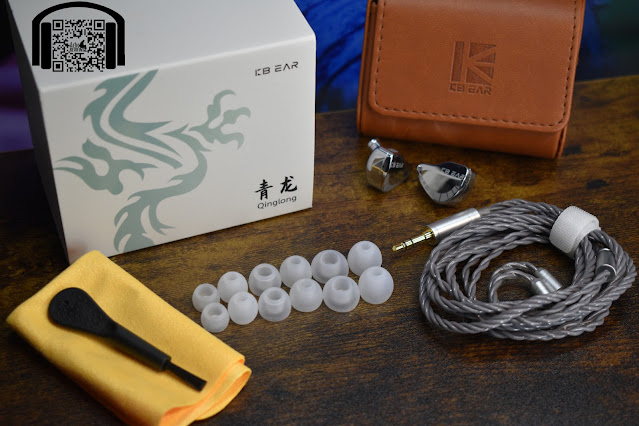
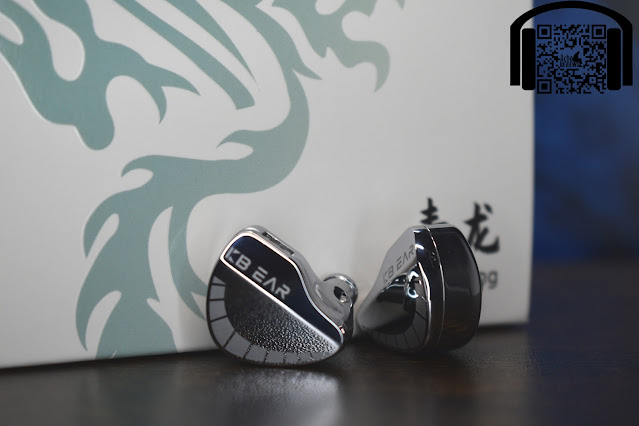
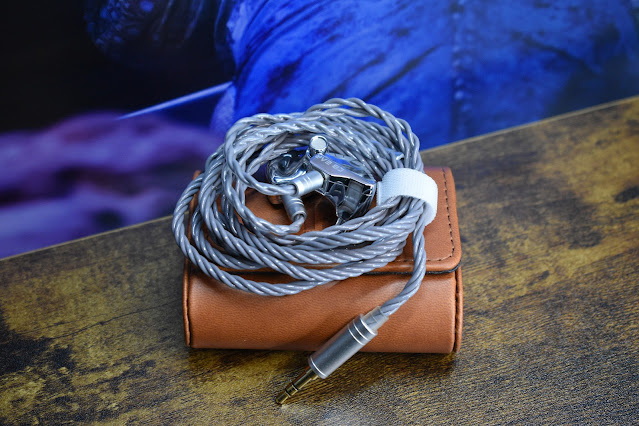
.png)
.png)
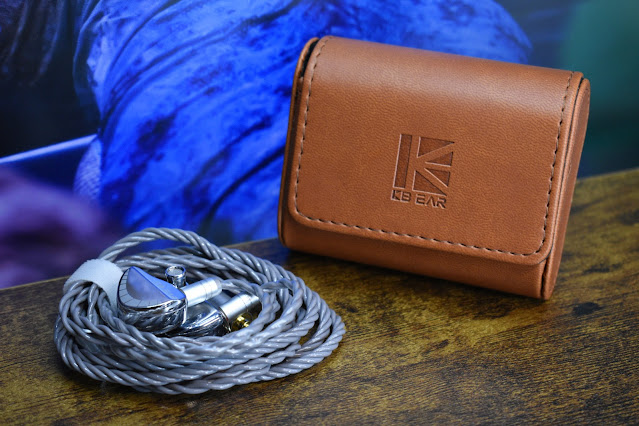
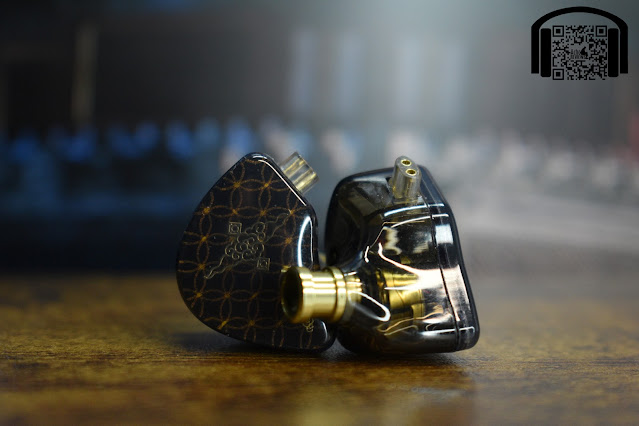


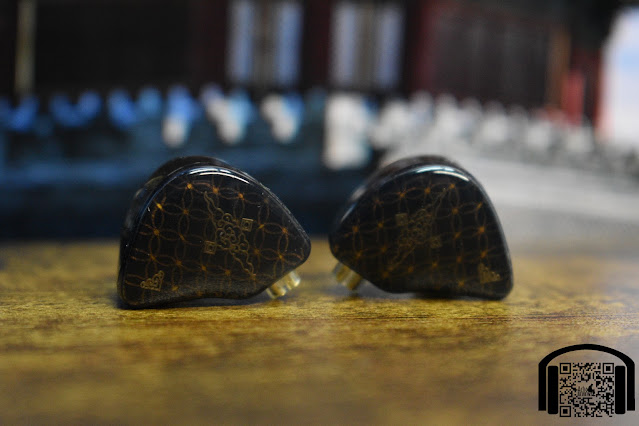

.png)
.png)

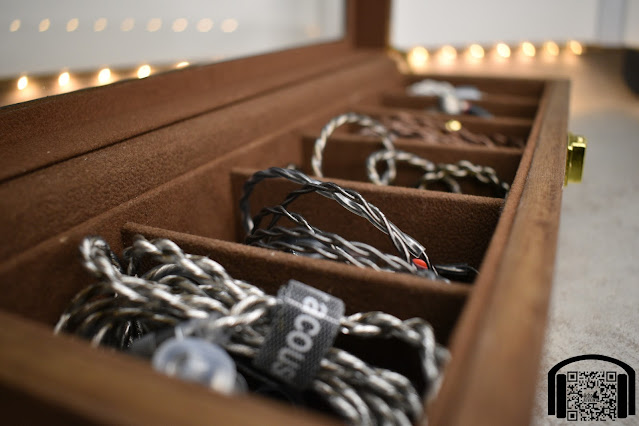




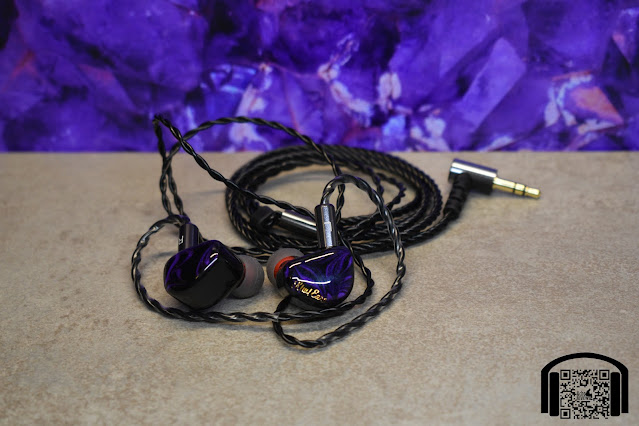

.png)
.png)

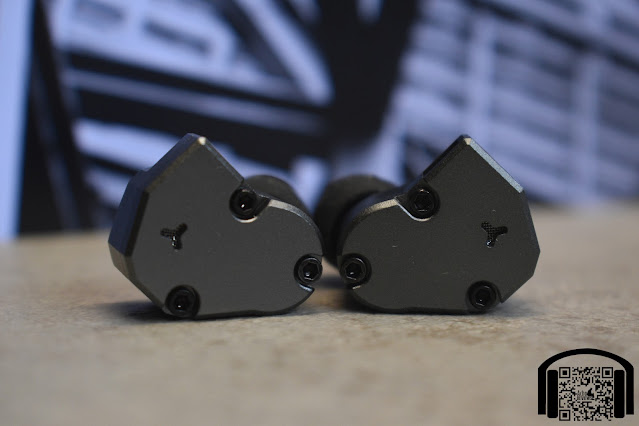

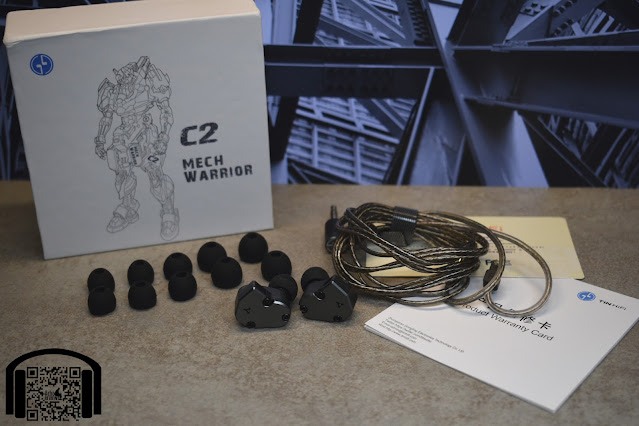

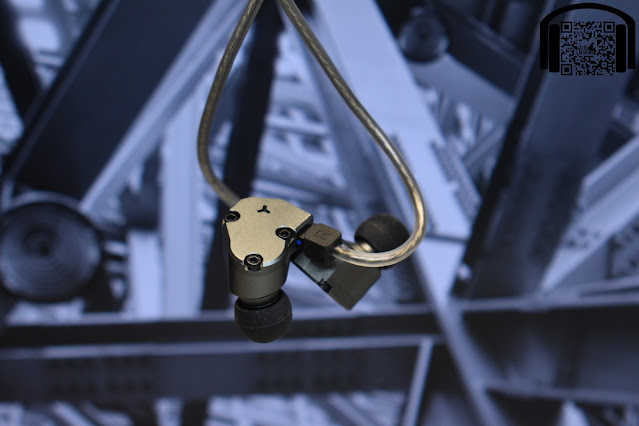

.png)
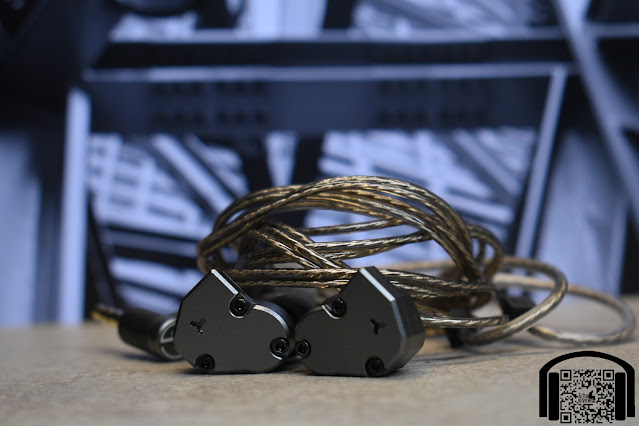

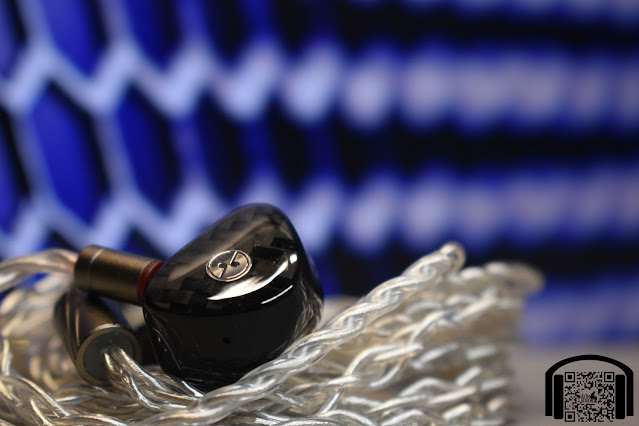
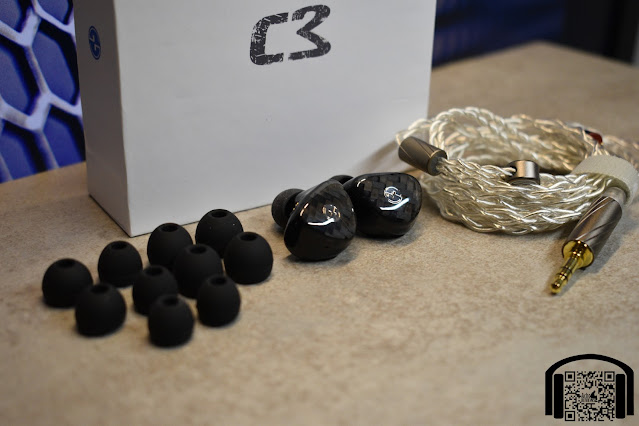
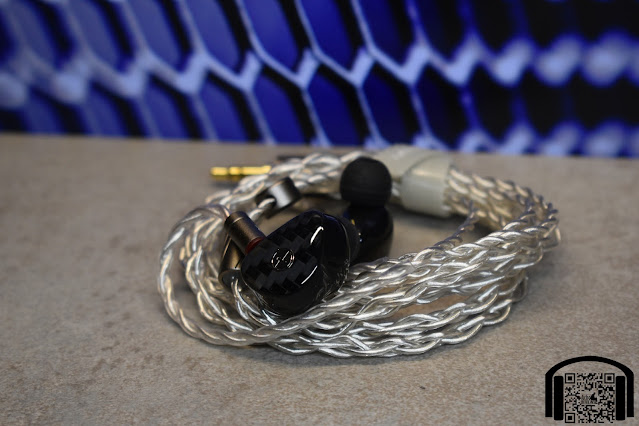
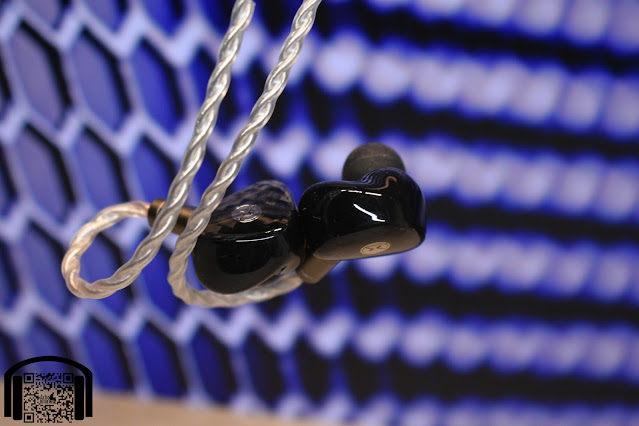

.png)
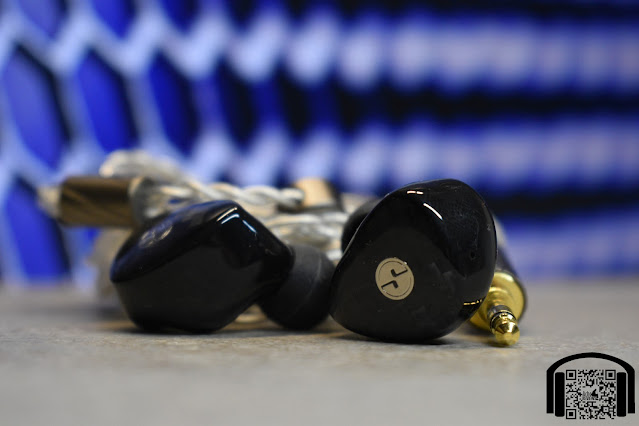

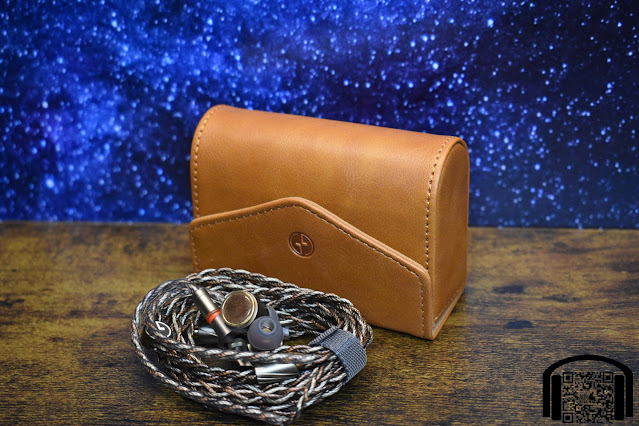

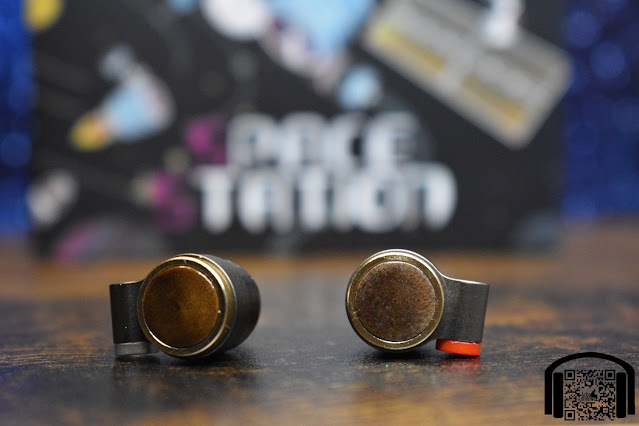
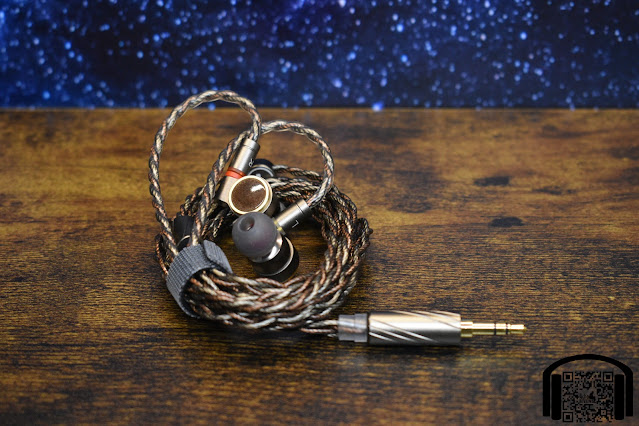
.png)
.png)






.png)
